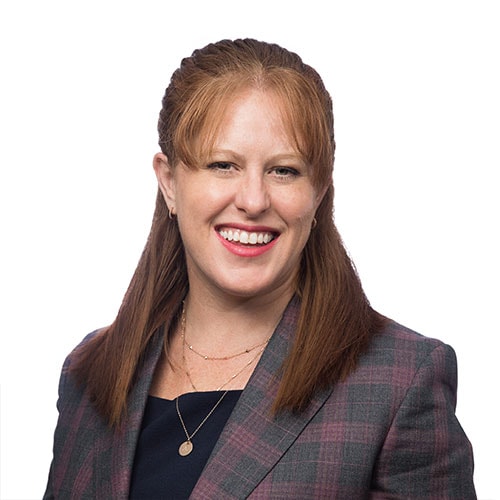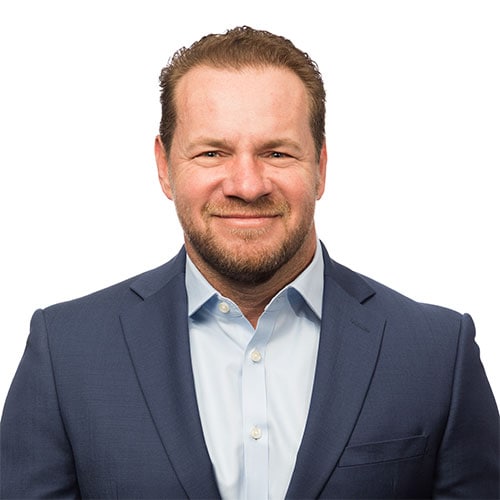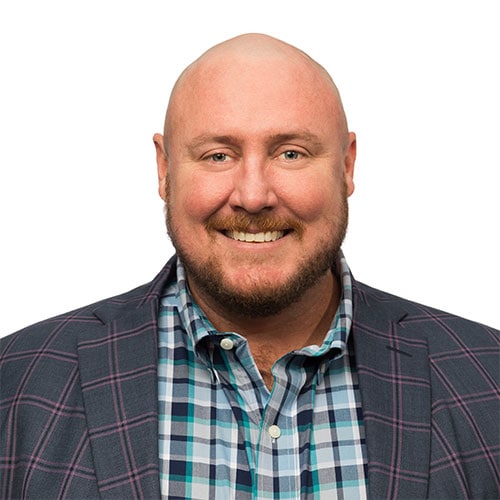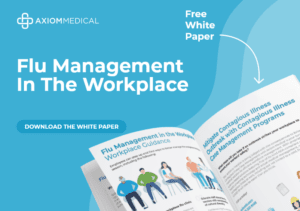[00:00] – Holly Foxworth
Well, welcome back. You thought we were playing hide and seek. We found Denis here. He’s going to be able to wrap up our session for today. We appreciate your patience. So good afternoon, this is the final session. This is eight of eight in Axiom Medical Fast Track OSHA COVID Compliance Summit, and we’ve done this on a virtual basis, so we’re tickled to have you here. We appreciate you joining all day. In case you are, you just picked up this event. My name is Holly Foxworth. I am a registered nurse. I am the webinar host and then I’m also the marketing manager for content. So we’ve had a great day so far. This has been such an exciting opportunity to be able to get you the best practice information that you need to be able to effectively manage the OSHA mandates that are quickly heading your way. I won’t do a lot of announcements, but I will just point out that in any event that you were to have a technical issue falls out while we’re on the session here. There is a button at the very bottom of your screen, and it looks like a question mark. So if you have any issues, please press that. We do have representatives on staff and they are available to help you with some troubleshooting. The other thing is for the Q & A part. So we’re doing things a little bit differently today. We won’t be doing the Q & A. Instead, we will be doing Q & A via the breakout room, so you can access that by selecting the “Join” button. That’s right there at the right-hand top of your screen. And we do have staff that is available now to take your questions, but then we will also have our speaker that’s going to be joining after the conclusion of his presentation.
[01:46] – Holly Foxworth
So I think actually, that should do it. Normally, Denis, we’ve been telling them about how can they get to the next event. But you are officially the last event today. So I guess there’s not anything to mention there. I will say, though, that we will have one more event that’s going to be coming up this next week, a webinar with Dr. David Michaels and going through kind of a deep dive into what these mandates are. We anticipate that we would have a formal announcement by that point. So you’ll definitely want to tune into that. So if you want to get registered for that today, it will be at the very end of this presentation. Let’s get moving. Let’s get started. Let’s hear from Denis, who is a director for safety and health at Ferguson, but he’s also worked closely with us for years. Denis has always been such a great asset. He has a great spirit and is so knowledgeable in all things safety. So he’s actually spoken with our team on multiple occasions whenever we’ve had a retreat. So it definitely is a treat on your behalf to be able to get to meet Denis. And I can’t wait for you to hear what all he has to say. So, Denis, I’m going to turn it over to you, and then let’s roll.
[02:59] – Denis Baker
Awesome. Well, thank you. Can you hear me? Oh, my gosh. It’s great to be on. I got to tell you, it’s amazing to be last because last is always first. So I love it. So we’re definitely going to have that going and make that work. So I’m excited. Well, I’m very impressed to do this. Let’s get into it because I have a small amount of time. So when we look at the laser focus, that side of how you build a procedure, here’s how it is. For the ETS, the Emergency Temporary Standard that will come out from OSHA, there are three things. Vaccination mandate, the weekly testing of unvaccinated employees, is going to be a little bit of a trick. But that’s something we have to do. But then we also have to keep records to be sure and know where people stand. Can we prove that they’ve been tested this week versus last week? So I think that’s important. So you got to look at it from that perspective. So I think that’s really good.
[04:28] – Denis Baker
And then when I look at the key elements of an effective program, there are four of them. Number one, we’ve got to have a risk assessment. Risk assessments are huge. Risk assessments work by simply looking at what the risk are at a location or a facility or a company and building the programs to do that. So you look at your risk, you develop your policy, and then you simply implement or deploy that policy in the right direction. But you can’t do that without training people. You got to be a good communicator to get those requirements set out there. So I think that’s a big part. The other part is you need to make sure all your leadership, all of your people have the ability to have buy-in for your policy. And I think that’s important, because if you don’t get buy-in, then you’re not going to have people follow the policy. So I think that’s a big part. And then I think when you deploy that policy, when we implement it fully, I think it comes down to real-time monitoring. Meaning, are we truly following the policy? Are we truly being effective in that policy requirement? Do we need to make some adjustments? And I think that really comes into play. A lot of times, companies in my career, we would develop policies and say we’ll review them every year. But things change all the time, and you need to be open to be able to make those adjustments when you need to. So I think that’s an important part of this. I like the way think of risk mitigation. If you think about doing a risk assessment, then our program should be a risk mitigation. And I believe it’s more effective with the layered approach, meaning that you decide how you can eliminate or reduce the risk. And again, you can’t always eliminate risk. But we can reduce risk. So when you look at how do we do this in COVID-19, then I think it’s just simply an operation where, Hey, we’re going to clean things. We’re going to make sure that people who have that respiratory perspective know what the rules are. We’re going to have the PPE, which is a huge part right now, whether it’s a face mask, face coverings, or anything else, gloves, whatever.
[07:13] – Denis Baker
And I think that’s important. A lot of companies will do the daily attestation testing or know who’s been diagnosed with COVID, or they have the symptoms of COVID. And so you create that process to help reduce that risk. We do that isolation, contact tracing. That’s a big thing. That’s always been a big thing. I think with the new ETS rules coming out from OSHA, you will see some of that being required again, back like it was early on. And then, of course, we had the hand hygiene or the vaccination process and the testing. And I think those layers reduce our risk quite successfully.
So I think that’s important to know. So knowing that we can eliminate or mitigate the risk really comes into a very successful program, and we can write programs. We can do everything. Most safety professionals are very good writers of programs, but the problem is, is it a reality-based program that we put together. And I think doing the layered risk approach will definitely be there. Now, what happens if we don’t do this? And I’m excited quite honestly, I’m a little bit excited, maybe a little bit anxious to see the final OSHA standard come out because I think we’re going to have it’s going to be a challenge for everybody. But let’s just talk about it. If it’s an OSHA government requirement, there are going to be outcomes if we don’t follow it. By the way, you’re going to have positive outcomes if you do follow it. So you’re going to have an illness outbreak, you’re going to have the internal whistleblowers. And that’s becoming a big thing, by the way, whistleblowers are becoming very active these days. And so you need to understand that. So I think that’s a big thing to understand. You’re going to have those whistleblowers. That’s okay. You got to deal with. It means that we’re not doing what we need to do, and we’re going to be held accountable for that. Right? So it’s not like people aren’t going to find out we’re not doing what we’re doing. So I think that’s an important part. OSHA will show up anytime to do the audits. They’re going to want to see what we’re doing. They’re going to ask you where the records for weekly testing are, where you can prove that people are vaccinated. And I think if we don’t have this in place, right? That’s going to cost you a lot of money and reputation, by the way. So that’s a big deal. You’re going to have the fines.
[10:14] – Denis Baker
And by the way, I want to go back to number three or number two. You’re going to end up having a lot of us have customer requirements, customer requirements right now for Denis Baker is, Hey, what is your program? How are you doing that? Can you show me your record-keeping to prove that you are doing the things you’re supposed to do for me? That’s kind of a big issue. And that’s actually number five. But that’s a really big issue that is going to affect business, right? So a lot of the cost of failing to act. Not only is it going to be an OSHA issue, but I’d also go back and say, it’s more of a reputation, business, reputation, and we’re not going to be able to do business with some customers. So I think that’s an important role to play. I think what we need to do as a group here, I think we need to be that group that I encourage you to get that strategic partner, that group that can help you manage this program.
[11:24] – Denis Baker
Let me tell you, as an Axiom fanatic fan, I love them. I’ve used them for ten years. They are an incredible group, and I’m not presenting because of that. I’m presenting because this is an excellent program to be presenting on. So consider them. But at the same time, you need to look for that partner to help you manage this whole requirement. And that’s going to help you make sure you meet all the standards. So that’s a good point. I think from there, I turn it back over and say, hey, what are the questions you have for me? And we’ll go ahead and move from there.
[12:12] – Holly Foxworth
Yeah. Dennis, you know what? I have to say to you that I always watch whenever there are challenges, that kind of come in the way. And it’s how it is that you react to those, and I just wanted to recognize you. I know it was a bit of a struggle to get here. Sometimes we all have technical issues, but I appreciate you attending and also being able to really focus on what’s going on and making sure that we were able to get the information that’s needed for all of these employers. I have added Dara. Dara, are you there as well?
[12:47] – Dara Wheeler
I am.
[12:49] – Holly Foxworth
Hey. Yeah. So anyways, Dara is now a great resource for implementing some of these programs, and I know that we can kind of dig a little bit deeper in the Q & A session. Was there anything that you wanted to add before we go to the breakout and here?
[13:05] – Dara Wheeler
No, I thank you a lot, Denis, for joining us today, and we’ll go into some questions.
[13:11] – Holly Foxworth
Yeah. I love it. Okay. All right. Good deal. Well, I am going to wrap this up in here. Again, I really appreciate you guys all joining us today. We’ve had an excellent event. Denis will be able to answer all your questions there in the breakout room. You would access that by going to the location, which is at the right-hand corner of your screen. At the end of that, you will also get the opportunity to sign up for the next event, which will be this next week. And that will have Dr. David Michaels and he’s going to be going through some of the specifics because we’re anticipating a formal announcement very soon. So again. Thank you so much. We appreciate your attendance. If you have any questions or if there’s anything that we can do, help, please don’t hesitate to reach out. Thank you.
